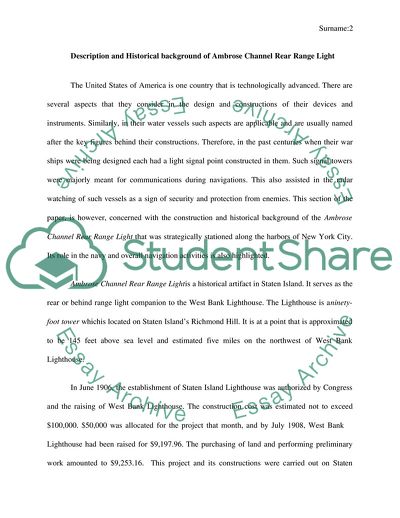Cite this document
(Ambrose Channel Rear Range Light Case Study Example | Topics and Well Written Essays - 2500 words, n.d.)
Ambrose Channel Rear Range Light Case Study Example | Topics and Well Written Essays - 2500 words. https://studentshare.org/history/1823234-ambrose-channel-rear-range-light
Ambrose Channel Rear Range Light Case Study Example | Topics and Well Written Essays - 2500 words. https://studentshare.org/history/1823234-ambrose-channel-rear-range-light
(Ambrose Channel Rear Range Light Case Study Example | Topics and Well Written Essays - 2500 Words)
Ambrose Channel Rear Range Light Case Study Example | Topics and Well Written Essays - 2500 Words. https://studentshare.org/history/1823234-ambrose-channel-rear-range-light.
Ambrose Channel Rear Range Light Case Study Example | Topics and Well Written Essays - 2500 Words. https://studentshare.org/history/1823234-ambrose-channel-rear-range-light.
“Ambrose Channel Rear Range Light Case Study Example | Topics and Well Written Essays - 2500 Words”. https://studentshare.org/history/1823234-ambrose-channel-rear-range-light.


